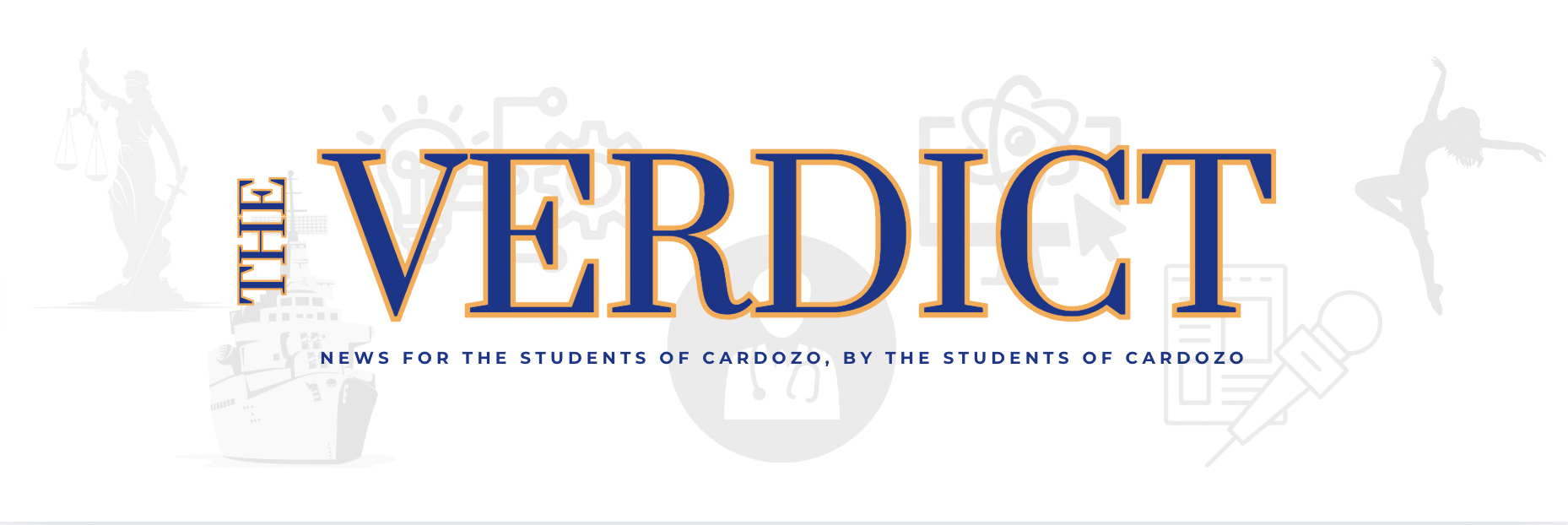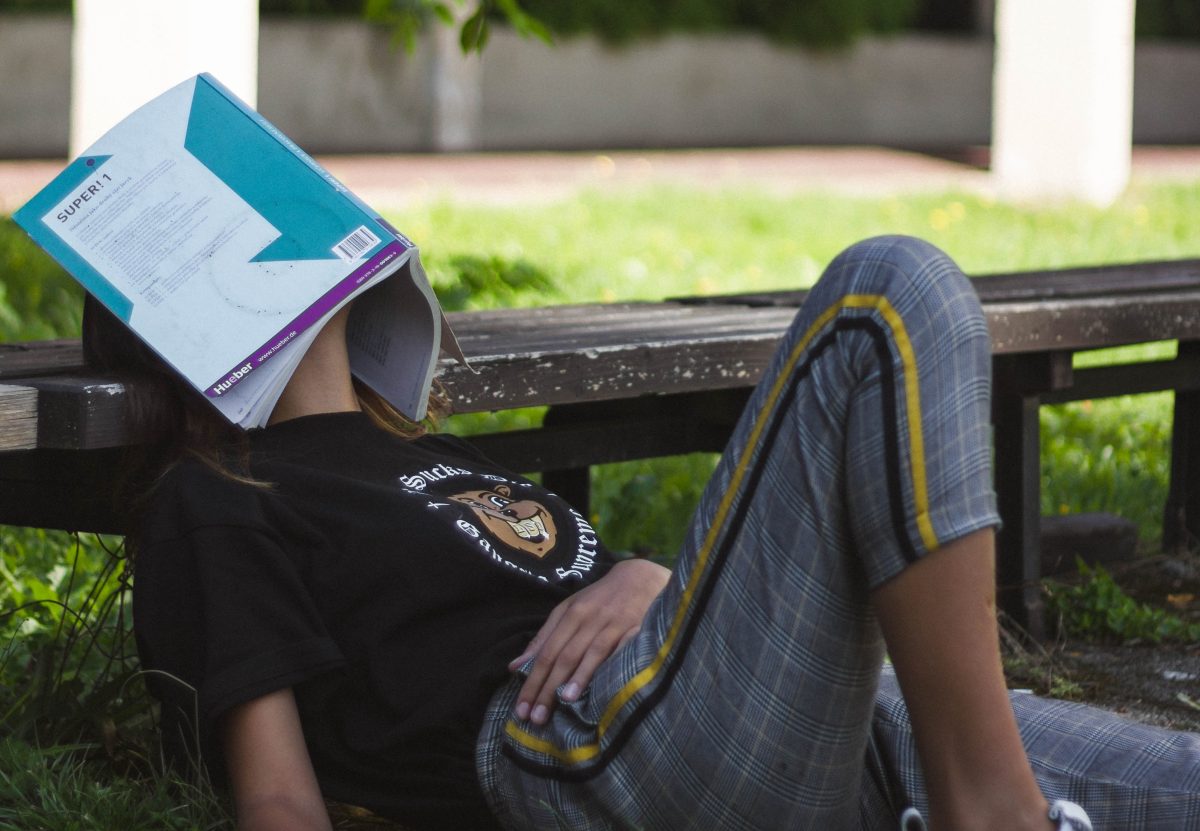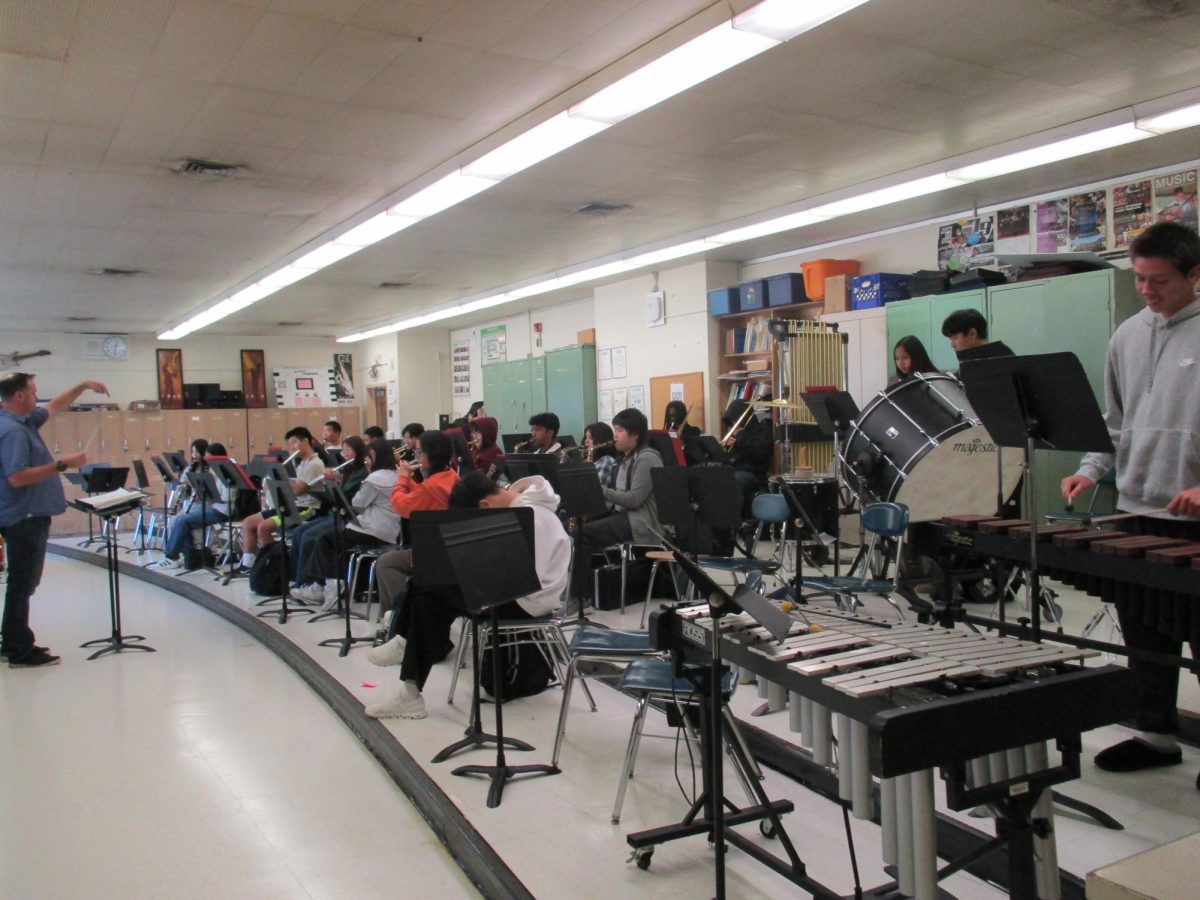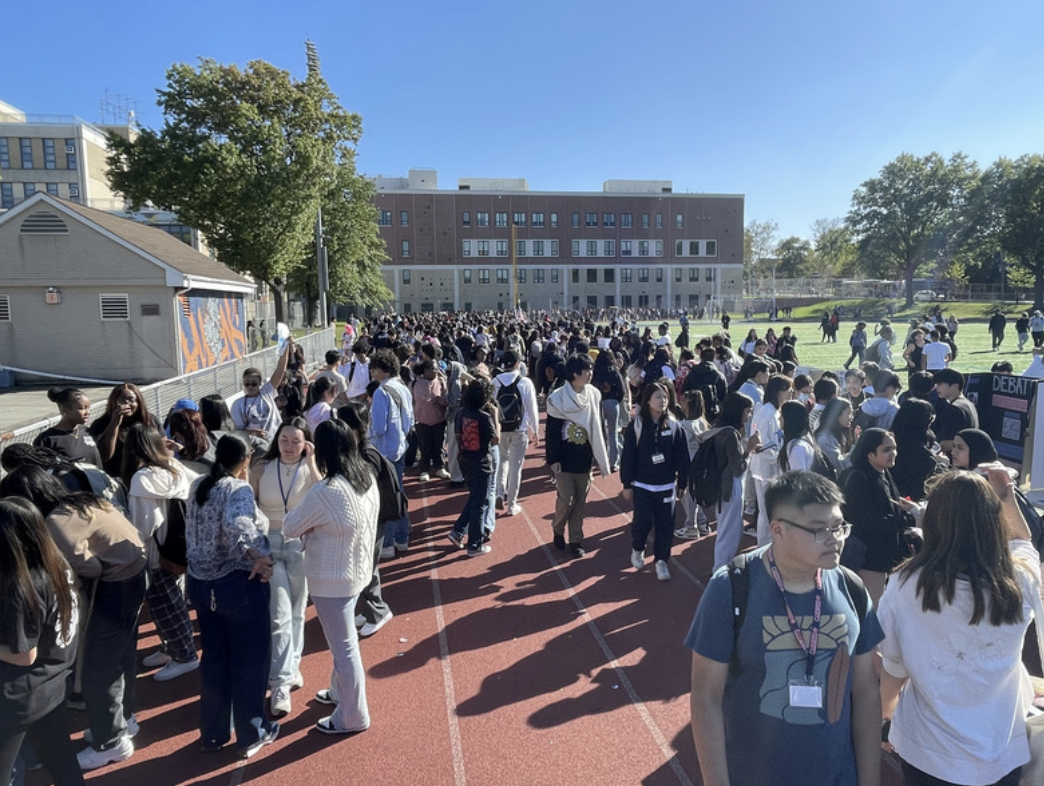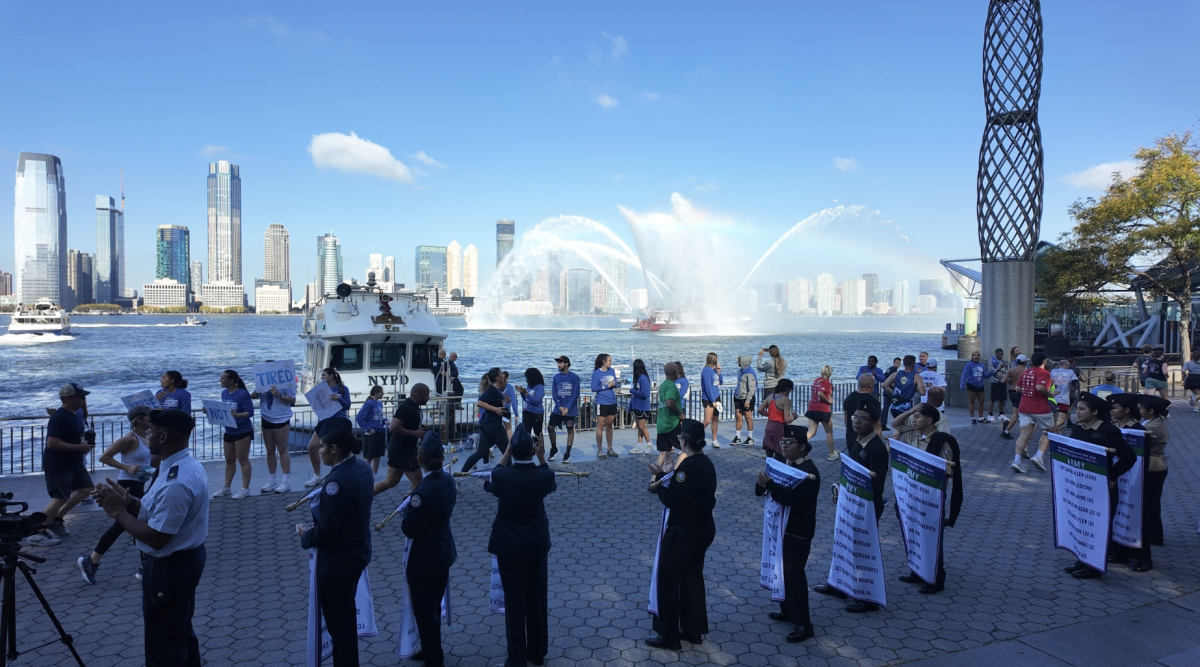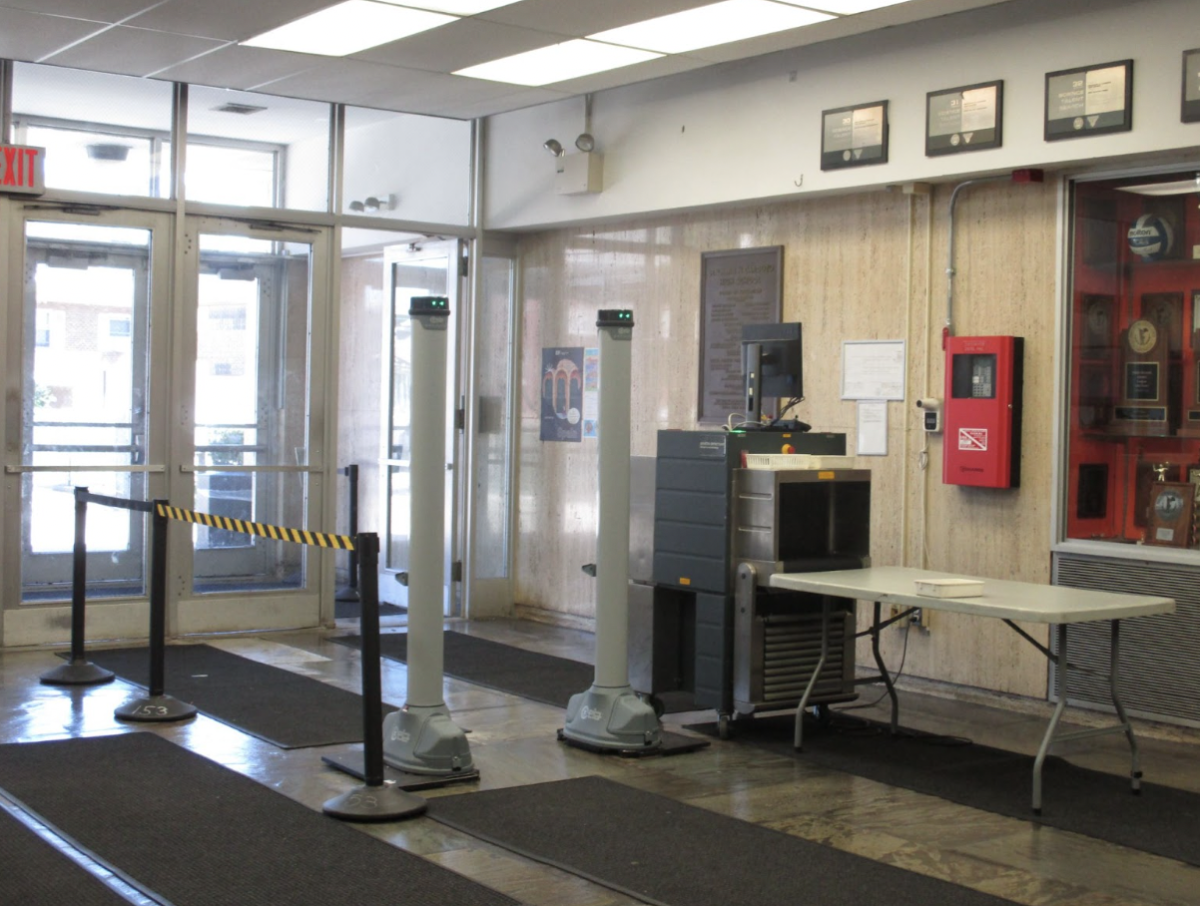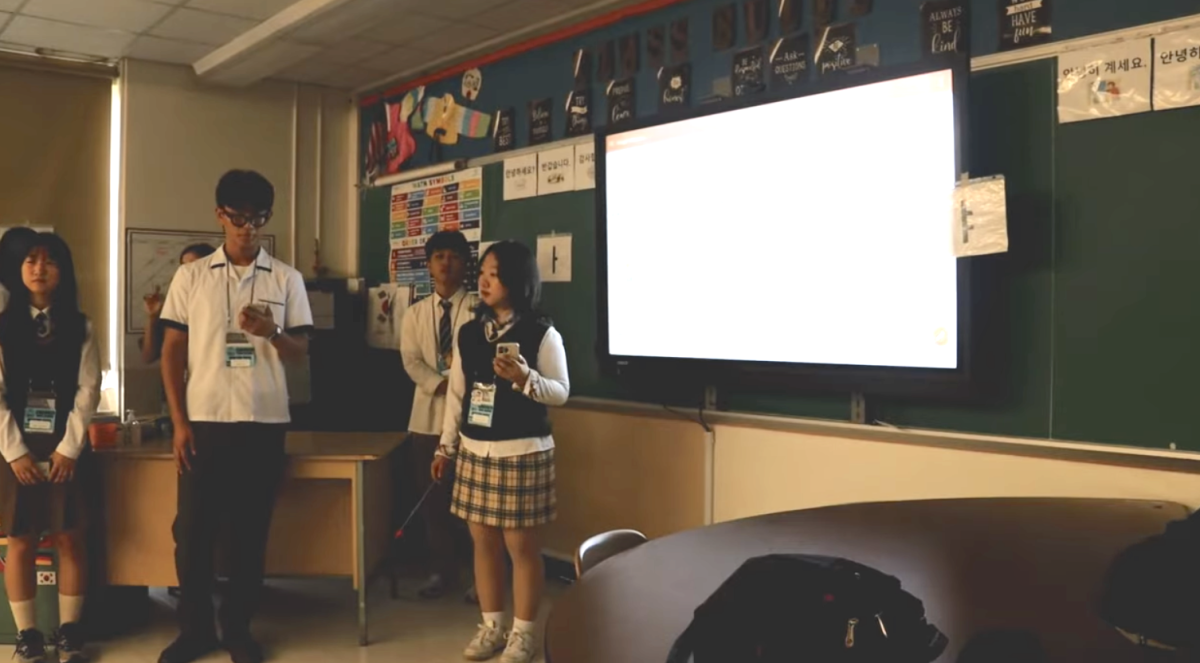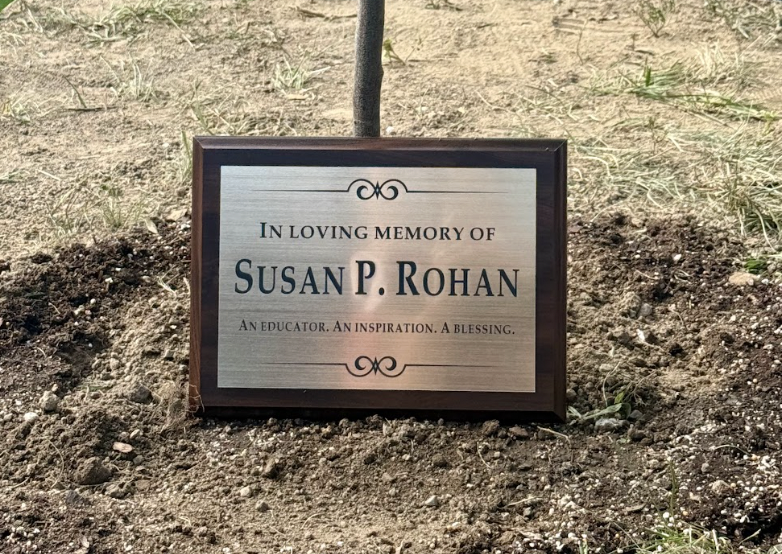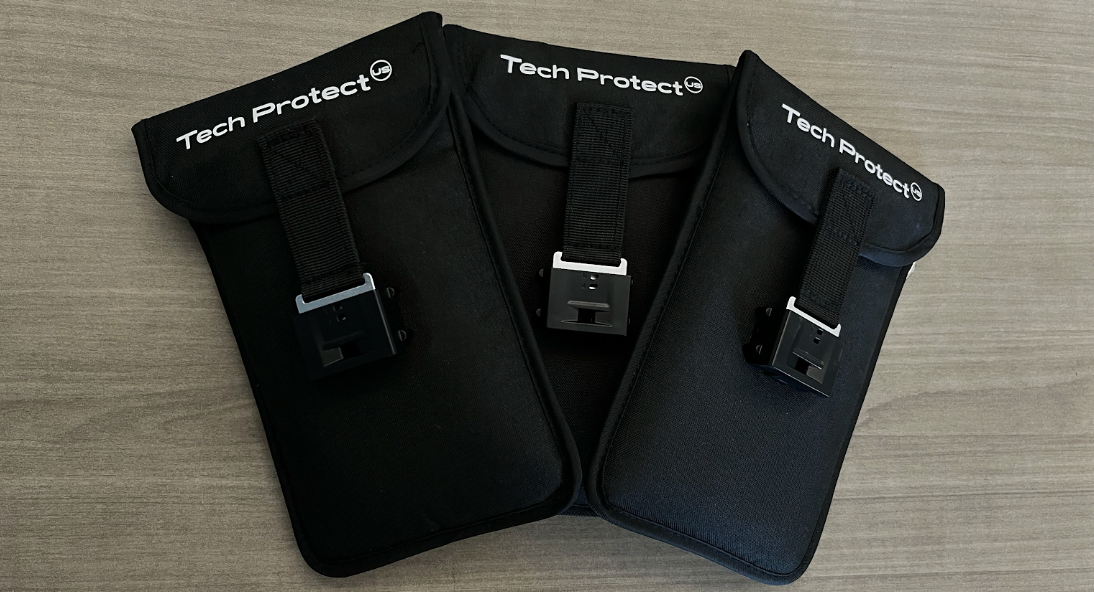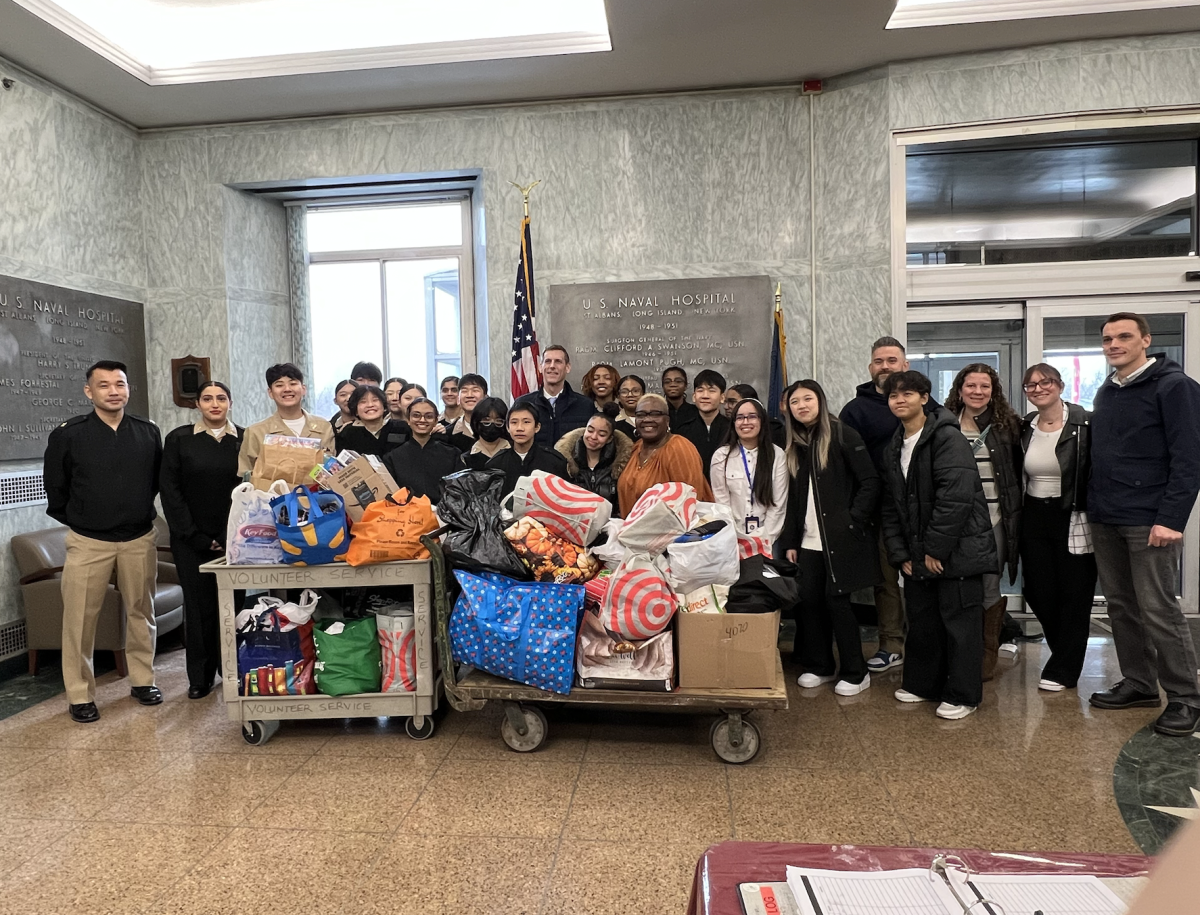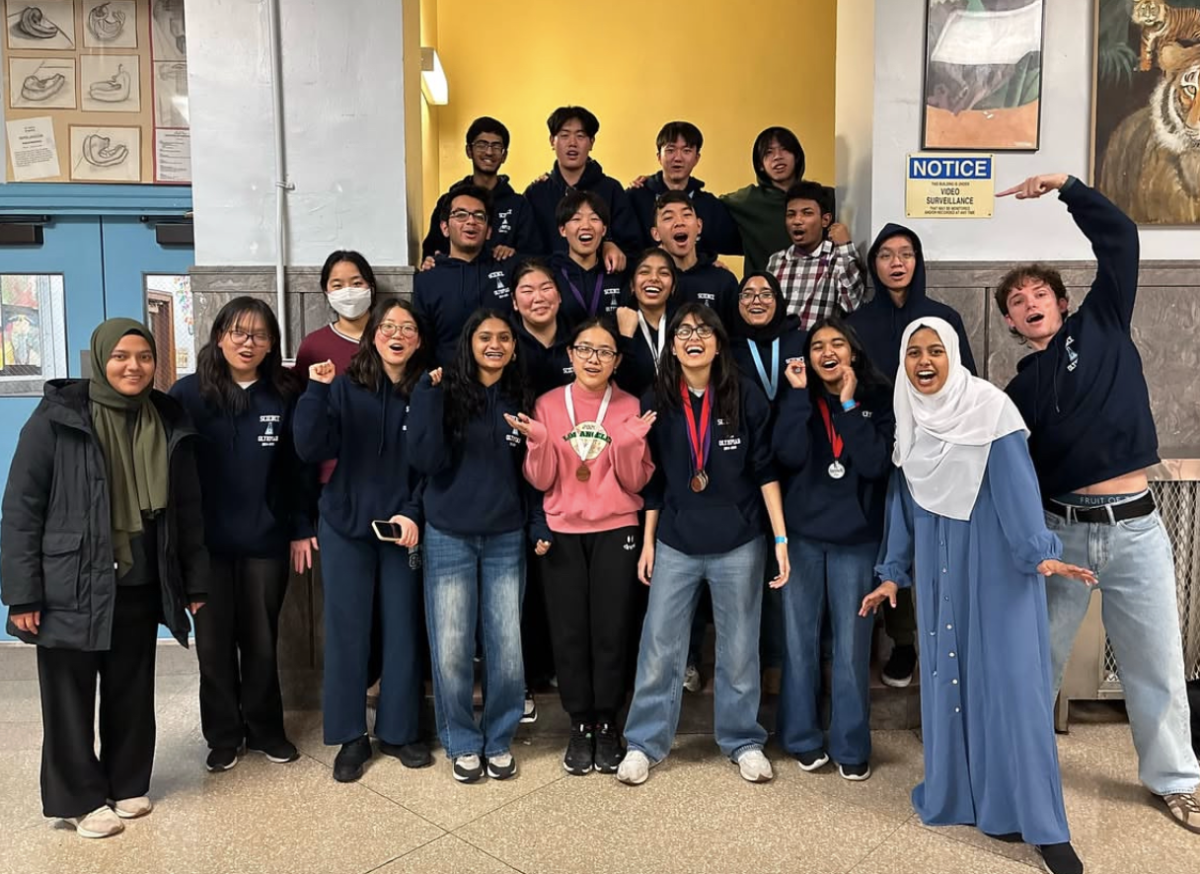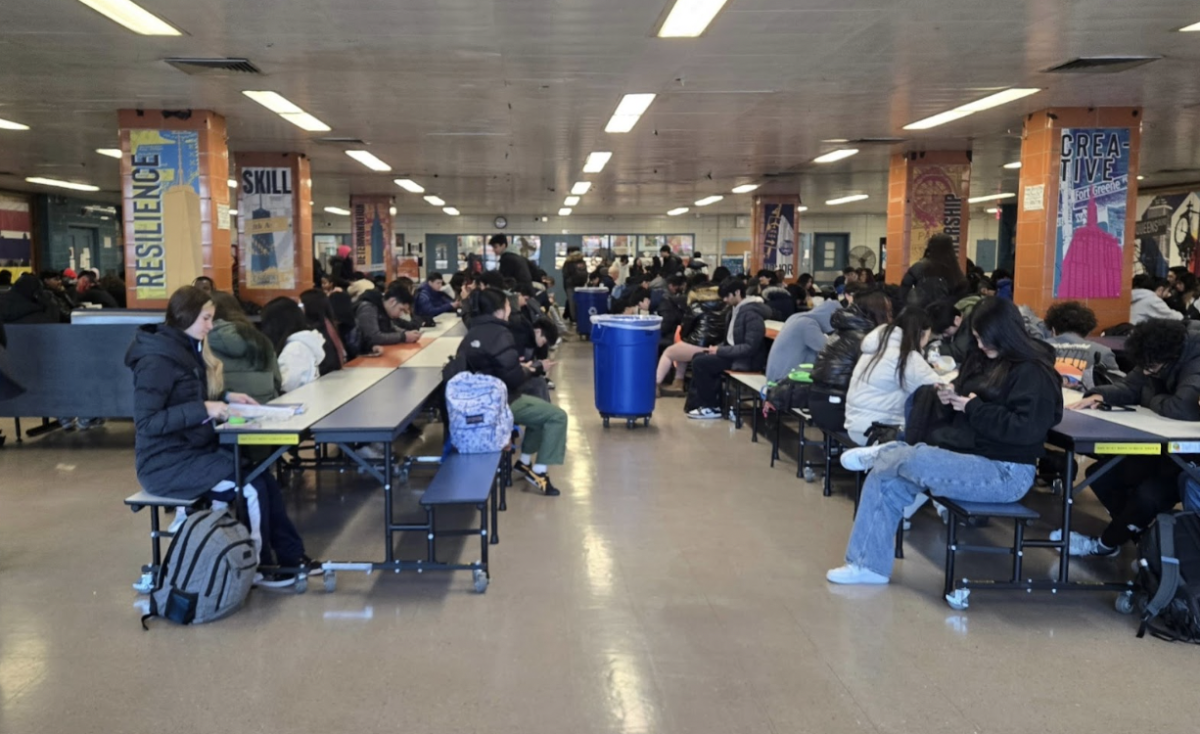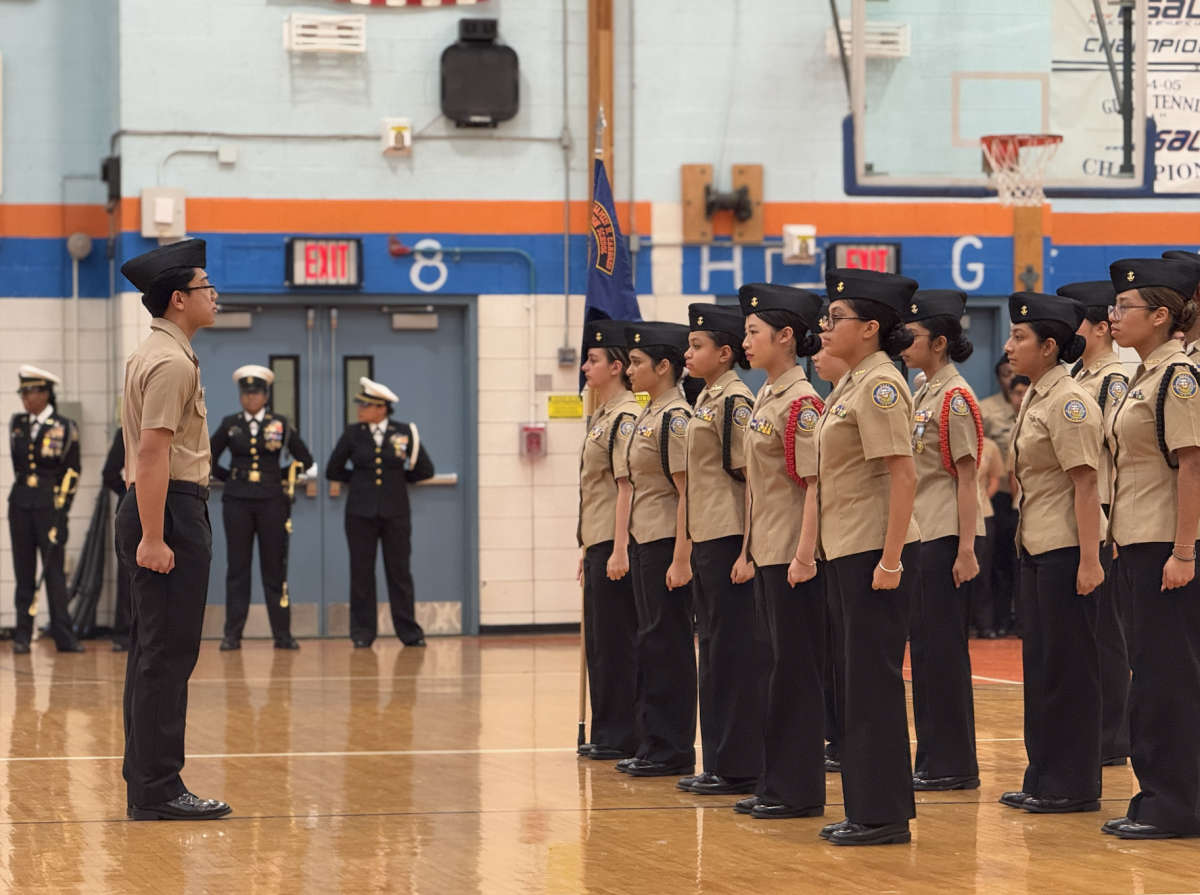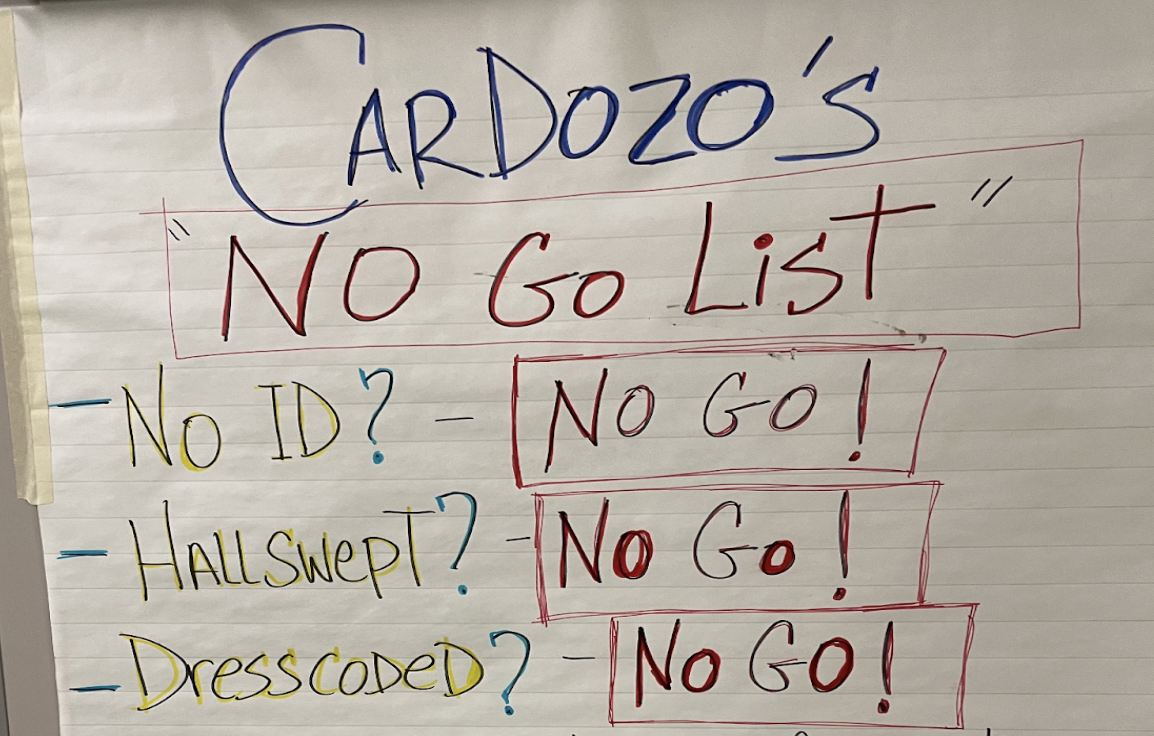Midterm season can cause a lot of cramming and stress for high schoolers. For Cardozo High School, Fall midterms begin on November 13th. It’s a lot of pressure to have to take several exams all back-to-back. Studying and knowing how to study can be a difficult task. To avoid all-nighters this year, here are some different strategies for studying to get you through all of your upcoming exams.
The Pomodoro Technique
When using this strategy, first set a timer for 25 minutes. During that time, start your task: studying or finishing homework. After 25 minutes have passed, rest for 5 minutes. Then get back to the task. Repeat until you finish.

The Pomodoro Technique is helpful as it breaks up the task at hand into small steps, giving students a short study-time and also a break. It gives people a set time to start working and stop working, which allows students to not overwork themselves while completing their school work. A Pomodoro is less intimidating than hours of studying which can often be unhelpful. The breaks keep people refreshed and can prevent burn-out.
The times may be different for everyone, it may be less or more than 25 minutes. The key thing is that there is a designated time for work and rest. Some may opt for shorter Pomodoros, for example, 10 minutes of work and 3 minutes of break. Others might prefer a longer break and a short working time. Adjust the time of rest and work to your needs.
Flashcards
Using a flashcard can be particularly helpful when memorizing certain dates, formulas, names, and vocabulary. One side of the card is labeled with a topic or a question and the back is used to answer or give an explanation.
Making flashcards can be fun as you are free to decorate your study guide. Use a hole puncher to make holes into the paper and attach all of the cards together with a ring. You can also use Post-its. Flashcards can be time-consuming to make by hand, but by using sites like Quizlet, you can create digital cards.
Paraphrasing and Reflecting
This technique is very helpful because it uses active recall and allows you to not only remember but to interpret the information at hand.
When reading, pause between every paragraph and reflect on the main idea. On a piece of paper, jot down the most important information. Connect these notes to previous knowledge on the topic.
This is especially helpful in history classes and textbooks can be convoluting and students can lose focus re-reading the pages. Taking time to interpret what one just read can help students keep track of dates and events. Recalling past information to connect to the current can help remember causes and effects.
Mind Maps
Mind maps start out with a central idea in the middle and branch out into sub-categories. This might help students connect between ideas or see patterns they would not have otherwise noticed. Some students learn better when seeing things visually connected, so making an actual mind map using bubbles or squares on a piece of paper can help them visually recall and remember while taking an exam.
